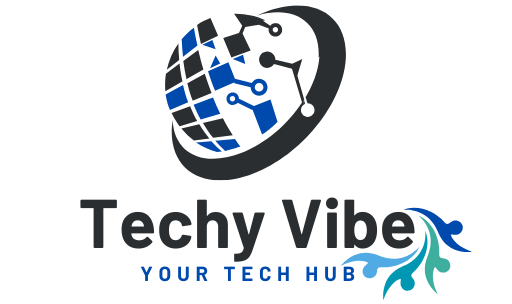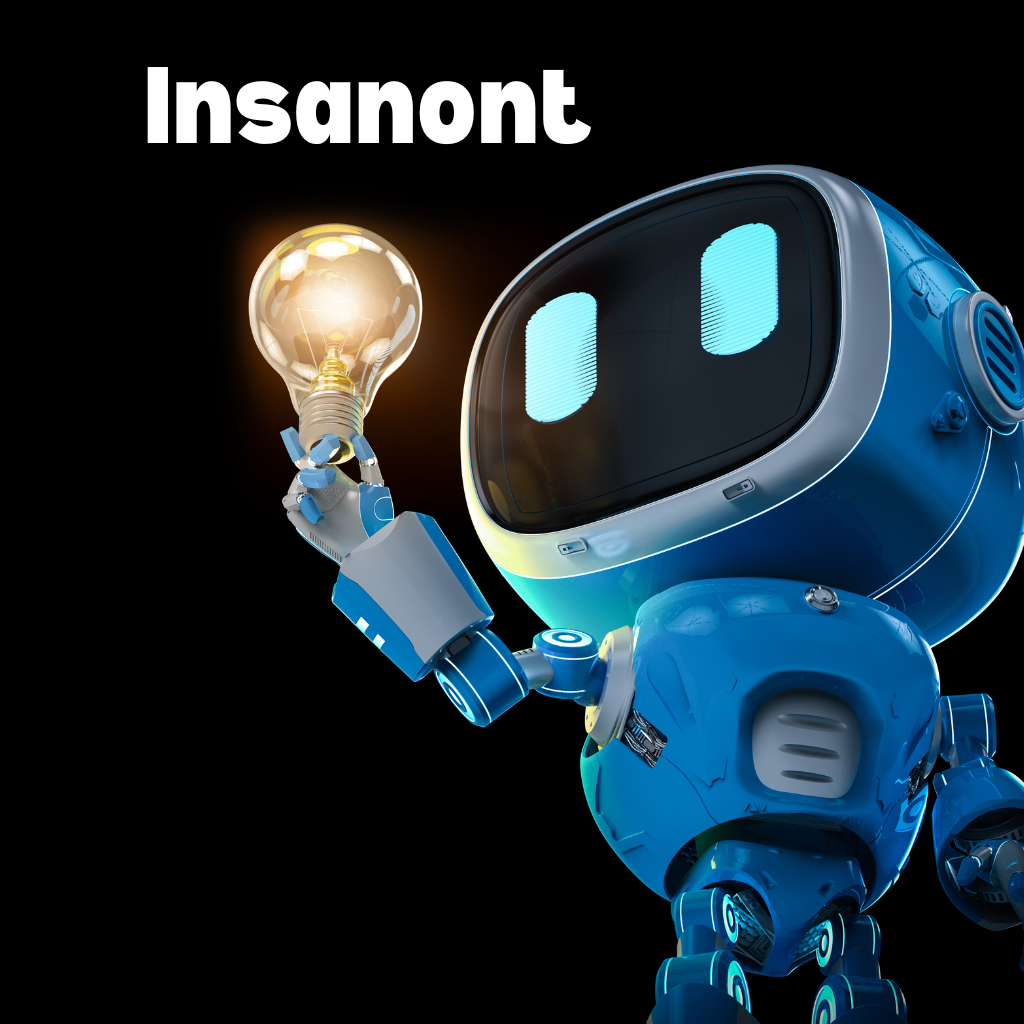Looking to revolutionize your business operations with Insanont integration but not sure where to start? The strategic implementation of Insanont technology is transforming how businesses operate, innovate, and succeed in today’s competitive landscape. By combining AI, automation, and human expertise, Insanont integration helps organizations optimize their processes, enhance customer experiences, and drive sustainable growth. In this expert guide, we’ll walk you through 5 battle-tested strategies that successful businesses use to harness the power of Insanont: • Streamline operations through AI-driven automation • Enhance decision-making with advanced data analytics • Improve customer engagement and satisfaction • Optimize resource allocation and cost efficiency • Ensure seamless technological integration Whether you’re a small business owner or an enterprise leader, these proven approaches will help you navigate the complexities of Insanont integration and unlock its full potential for your organization’s success.
Understanding the Essence of Insanont
In today’s rapidly evolving technological landscape, Insanont represents a groundbreaking fusion of artificial intelligence, automation, and human expertise. This innovative framework is revolutionizing how businesses operate, make decisions, and deliver value to their customers.
Core Components
Insanont combines advanced machine learning algorithms with sophisticated automation tools to create a seamless operational ecosystem. At its heart lies a powerful AI engine that continuously learns and adapts from data inputs, working alongside human operators to optimize processes and drive better outcomes.
Human-AI Collaboration
What sets Insanont apart is its unique approach to human-AI collaboration. Rather than replacing human workers, it augments their capabilities by handling routine tasks, analyzing complex data patterns, and providing actionable insights. This symbiotic relationship enables teams to focus on strategic thinking and creative problem-solving.
Adaptive Learning System
The system’s adaptive learning capabilities ensure continuous improvement over time. By analyzing patterns, identifying inefficiencies, and implementing solutions, Insanont helps organizations stay ahead of market changes and evolving customer needs. This dynamic approach to process optimization sets it apart from traditional automation solutions.
Sustainable Innovation
Sustainability is a key principle of Insanont’s design. The framework is built to minimize resource waste while maximizing operational efficiency. It achieves this through intelligent resource allocation, predictive maintenance, and optimization of energy consumption across various business processes.
Data-Driven Decision Making
At its core, Insanont empowers organizations with data-driven decision-making capabilities. By processing vast amounts of information in real-time, it provides leaders with comprehensive insights to make informed choices that drive business growth and innovation.
Key Takeaway: Insanont is a revolutionary framework that combines AI, automation, and human expertise to create an adaptive, sustainable system that enhances business operations through intelligent data processing and collaborative innovation.
Key Principles of Insanont Integration
Human-AI Collaboration
At the core of Insanont integration lies the seamless collaboration between human expertise and artificial intelligence. This synergy creates a powerful framework where AI augments human capabilities rather than replacing them. The system leverages advanced algorithms to process complex data while human insight guides strategic decision-making and creative problem-solving.
Teams working with Insanont must embrace this collaborative approach, understanding that the technology serves as an enabler rather than a replacement. This mindset shift is crucial for successful integration and maximizing the potential benefits of the system.
Data-Driven Decision Making
Insanont integration thrives on robust data analytics and intelligent insights. The system continuously collects, processes, and analyzes data from various touchpoints to generate actionable intelligence. This principle ensures that every business decision is backed by concrete evidence rather than gut feelings.
Key aspects include:
– Real-time data processing
– Predictive analytics
– Pattern recognition
– Performance monitoring
– Automated reporting
Continuous Learning and Adaptation
The dynamic nature of Insanont integration demands a commitment to continuous learning and evolution. The system constantly updates its knowledge base through machine learning algorithms, adapting to new scenarios and improving its performance over time.
Organizations must foster a culture of learning where:
– Teams regularly update their skills
– Processes are refined based on performance data
– New technologies are evaluated and integrated
– Best practices are shared across departments
– Feedback loops drive constant improvement
Key Takeaway: Successful Insanont integration relies on three fundamental principles: effective human-AI collaboration, data-driven decision-making, and commitment to continuous learning and adaptation for optimal business outcomes.
Strategy 1: Implementing AI-Driven Solutions
In today’s digital landscape, artificial intelligence has become a cornerstone of successful Insanont integration. By leveraging AI-driven solutions, businesses can unlock unprecedented levels of efficiency and innovation in their operations.
Smart Automation Implementation
AI-powered automation streamlines repetitive tasks and workflows, allowing your team to focus on strategic initiatives. Start by identifying processes that can benefit from automation, such as data entry, customer support responses, or inventory management. This targeted approach ensures maximum impact while minimizing disruption to existing operations.
Data-Driven Decision Making
Harness the power of AI algorithms to analyze vast amounts of data and extract actionable insights. These systems can identify patterns, predict trends, and recommend optimal courses of action. By implementing AI-driven analytics, you can make informed decisions based on real-time data rather than gut feelings.
Enhanced Customer Experience
AI solutions enable personalized interactions at scale. From chatbots that provide 24/7 support to recommendation engines that understand individual preferences, these tools create meaningful connections with customers. The key is to maintain a balance between automation and human touch, ensuring that technology enhances rather than replaces personal relationships.
Performance Monitoring and Optimization
Deploy AI systems to continuously monitor performance metrics and identify areas for improvement. These tools can automatically adjust parameters, optimize resource allocation, and flag potential issues before they become problems. Regular monitoring ensures your Insanont integration remains effective and adapts to changing business needs.
Integration Best Practices
– Start with a pilot program to test and refine AI implementations
– Ensure proper data security measures are in place
– Provide comprehensive training for team members
– Establish clear metrics for measuring success
– Regularly update and maintain AI systems
Key Takeaway: Successful AI integration in Insanont requires a strategic approach focusing on automation, data analysis, customer experience, and continuous monitoring while following established best practices for implementation.
Strategy 2: Enhancing Customer Experience
In today’s digital landscape, Insanont integration plays a pivotal role in revolutionizing how businesses interact with their customers. By leveraging advanced technologies, companies can create more personalized and seamless experiences that drive satisfaction and loyalty.
Personalized Interactions
Insanont’s intelligent algorithms analyze customer data to deliver tailored experiences across all touchpoints. This personalization extends beyond basic recommendations to include customized communication timing, preferred channels, and individualized service responses.
Real-time Support Solutions
The integration enables businesses to provide instant, round-the-clock customer support through AI-powered chatbots and virtual assistants. These systems can handle routine inquiries efficiently while escalating complex issues to human agents when necessary.
Predictive Customer Needs
Advanced analytics within Insanont systems anticipate customer needs before they arise. By analyzing historical data and behavior patterns, businesses can proactively address potential issues and offer relevant solutions or products at the right moment.
Seamless Omnichannel Experience
Insanont integration ensures consistent customer experiences across all channels – from social media to email, phone, and in-person interactions. This unified approach maintains context and conversation history, eliminating the need for customers to repeat information.
Customer Feedback Integration
The system continuously collects and analyzes customer feedback through various channels. This real-time insight helps businesses quickly identify areas for improvement and adapt their services accordingly.
Performance Monitoring
Built-in analytics tools track key performance indicators related to customer satisfaction, response times, and resolution rates. This data-driven approach enables businesses to optimize their customer service strategies continuously.
Key Takeaway: Insanont integration transforms customer experience through personalized interactions, predictive analytics, and seamless omnichannel support, enabling businesses to deliver superior service that drives loyalty and growth.
Strategy 3: Adopting Agile Methodologies
Embracing agile methodologies in your Insanont integration journey can significantly enhance your project’s success rate and adaptability. This flexible approach allows teams to respond quickly to changes while maintaining consistent progress.
Iterative Development
Break down your Insanont integration into smaller, manageable sprints. This approach allows for continuous testing and refinement, ensuring each component works seamlessly before moving forward. Regular sprint reviews help identify and address potential issues early in the development cycle.
Cross-functional Collaboration
Form diverse teams comprising technical experts, business analysts, and end-users. This collaborative environment fosters innovation and ensures all perspectives are considered during the integration process. Daily stand-ups and sprint planning sessions keep everyone aligned with project goals.
Continuous Feedback Loop
Implement regular feedback mechanisms to gather insights from stakeholders and end-users. This ongoing communication helps refine the integration process and ensures the solution meets evolving business needs. Use retrospective meetings to discuss improvements and adjust strategies accordingly.
Adaptive Planning
Maintain flexibility in your project timeline and be prepared to adjust priorities based on changing requirements. Create a backlog of features and prioritize them based on business value and technical dependencies. This approach ensures the most critical functionalities are implemented first.
Key Takeaway: Adopting agile methodologies for Insanont integration enables flexible, iterative development with continuous feedback, fostering better collaboration and adaptability while ensuring successful implementation aligned with business objectives.
Strategy 4: Leveraging Digital Innovation
In today’s rapidly evolving business landscape, digital innovation serves as a cornerstone for successful Insanont integration. By embracing cutting-edge technologies and digital solutions, organizations can maximize the potential of their Insanont implementation.
Cloud-Based Solutions
Harness the power of cloud computing to enhance your Insanont capabilities. Cloud platforms offer scalability, flexibility, and seamless data integration, enabling real-time collaboration and improved decision-making across your organization.
AI and Machine Learning Integration
Incorporate artificial intelligence and machine learning algorithms to automate complex processes and gain valuable insights. These technologies can help identify patterns, predict trends, and optimize operations while reducing human error.
Data Analytics and Visualization
Transform raw data into actionable insights through advanced analytics tools. Modern visualization platforms make it easier to understand complex data sets, enabling better strategic planning and performance monitoring.
Mobile-First Approach
Adopt a mobile-first strategy to ensure accessibility and convenience. Mobile applications and responsive interfaces allow team members to interact with Insanont systems anywhere, anytime, boosting productivity and engagement.
Digital Security Measures
Implement robust cybersecurity protocols to protect your Insanont infrastructure. Regular security audits, encryption, and multi-factor authentication help safeguard sensitive data and maintain system integrity.
Key Takeaway: Digital innovation amplifies Insanont integration through cloud computing, AI, data analytics, mobile accessibility, and enhanced security measures, creating a more efficient and competitive business environment.
Strategy 5: Fostering Continuous Learning
In today’s rapidly evolving technological landscape, maintaining a culture of continuous learning is crucial for successful Insanont integration. Organizations must prioritize ongoing education and skill development to maximize the benefits of this innovative technology.
Building a Learning Culture
Create an environment where employees feel encouraged to explore, experiment, and share knowledge about Insanont capabilities. Establish regular training sessions, workshops, and knowledge-sharing platforms to facilitate collaborative learning across teams.
Implementing Training Programs
Develop structured training programs that cover both technical and practical aspects of Insanont. Focus on hands-on experience through simulations and real-world applications, allowing team members to gain confidence in utilizing the technology effectively.
Measuring Learning Progress
Track individual and team progress through assessments and performance metrics. Use feedback mechanisms to identify knowledge gaps and adjust training approaches accordingly. This data-driven approach ensures continuous improvement in learning outcomes.
Encouraging Innovation
Promote experimentation and creative problem-solving using Insanont. Create opportunities for employees to apply their learning in innovative ways, fostering a mindset of continuous improvement and adaptation to new technological developments.
Key Takeaway: Foster a culture of continuous learning through structured training programs, progress tracking, and innovation encouragement to ensure successful long-term Insanont integration and maximize organizational benefits.
Conclusion
As we navigate the ever-expanding world of Insanont integration, it’s clear that success lies in the harmonious blend of human-centric design, artificial intelligence, and sustainable innovation. The five strategies outlined above provide a robust framework for businesses to leverage Insanont’s transformative potential while maintaining a strong emphasis on customer satisfaction and operational excellence. By embracing these proven approaches, organizations can position themselves at the forefront of technological advancement while ensuring their solutions remain deeply rooted in human needs and capabilities. Remember, successful Insanont integration isn’t just about implementing cutting-edge technology – it’s about creating meaningful, sustainable practices that drive long-term business growth and customer value. Ready to transform your business with Insanont? Start by implementing these strategies one step at a time, measuring your progress, and continuously adapting to market changes. Your journey toward enhanced operational efficiency and improved customer experiences begins with taking that first decisive step toward Insanont integration.
FAQs
How does Insanont integration differ from traditional digital transformation?
Insanont integration goes beyond conventional digital transformation by combining human-centric design with AI-driven systems. It focuses on sustainable innovation and user experience while maintaining the human element, making it more comprehensive and adaptable to market changes than traditional approaches.
What are the initial costs involved in implementing Insanont integration?
The initial investment varies depending on your business size and integration scope. However, most companies can expect costs related to technology infrastructure, training, and consulting services. The ROI typically becomes visible within 6-12 months through improved efficiency and customer satisfaction.
Can small businesses benefit from Insanont integration?
Absolutely! Small businesses can leverage Insanont integration through scalable solutions and user-friendly interfaces. The flexible nature of Insanont allows businesses to start small and gradually expand their implementation based on growth and needs, making it accessible for companies of all sizes.
How long does it typically take to fully implement Insanont integration?
The implementation timeline varies but typically ranges from 3-6 months for basic integration to 12-18 months for comprehensive implementation. The process involves phases including assessment, planning, technological advancement, training, and ongoing improvement to ensure sustainable practice.
What security measures are in place for Insanont integration?
Insanont integration incorporates multiple layers of security protocols, including encrypted data transmission, secure cloud storage, and regular security audits. The system also complies with industry standards and regulations while maintaining smart device connectivity and protecting sensitive information.
How does Insanont integration support environmental sustainability?
Insanont integration promotes environmental sustainability through energy efficiency optimization, reduced paper waste, and smart resource allocation. The system’s AI applications help monitor and minimize environmental impact while maintaining strong emphasis on sustainable business practices.



